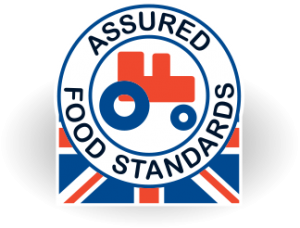Farm Pest Management
The most prevalent agricultural pests include rodents, moles, birds and flies. They can indirectly cause a loss of revenue for the farmer, either by the reduction of crop yields, contamination of foodstuffs with disease causing bacteria and / or the increase of veterinary costs caused by the transmission of diseases. Rodents can also cause structural damage to buildings and electrical farm equipment and increase fire risks.

Red Tractor – Farm Assurance Scheme
We provide professional, reliable and safe pest control services for the agricultural sector. This not only includes eradication of existing infestations, but also advice on hygiene legislation, housekeeping, storage, harbourage reduction and proofing to prevent re-infestations of pests. In addition, assurance schemes require farmers to demonstrate that they have an effective rodent control programmes in place. This can be provided by by a reputable pest control company such as Aardvark Pest Control.
Rats and mice
Rodent numbers in an agricultural setting can quickly reach enormous proportions, when an abundance of food and harbourage sites are available. Grain and other food products that have been tainted by rodents is unsuitable for human consumption. Dealing with rodents includes monitoring for activity, reduction of harbourage sites, proofing and baiting and/or trapping in case of activity. A folder with a map of bait / monitoring points is left on the farm to record all findings. It also includes risk assessments, method statements and COSHH, to comply with health and safety requirements.
Moles
Moles not only present a trip hazard for rudiments and horses but contamination of haylage with soil from mole hills makes it less palatable for livestock and increases the risk of disease (i.e. listeriosis).
flies
An abundance of flies not only causes intense distress to lifestock, but they can carry an array of diseases. Maggots can cause myiasis in sheep (invasion of living tissue).
Red tractor farm assurance. Link to rodent control guide: Rodent Control in agriculture – an HGCA guide
